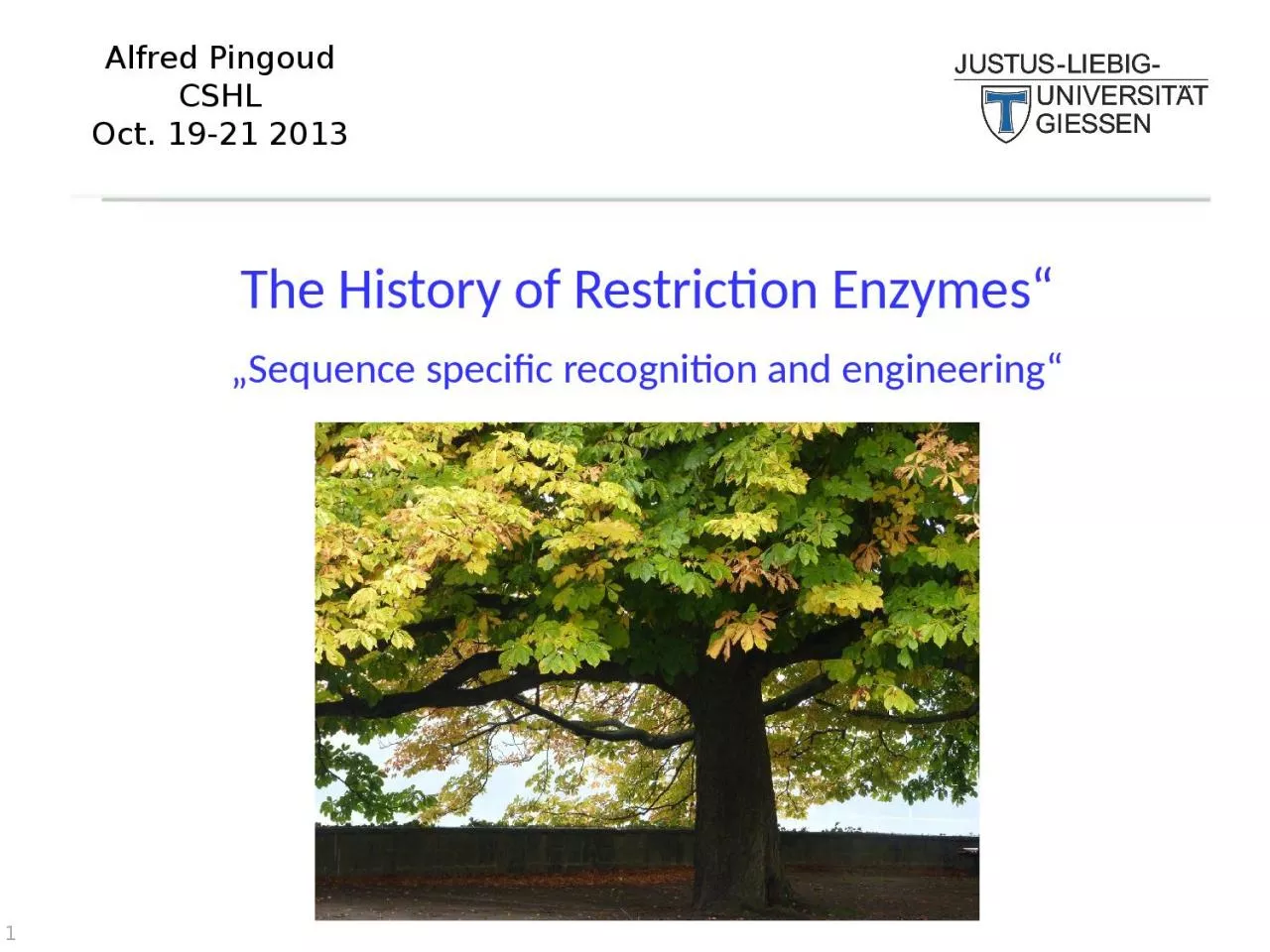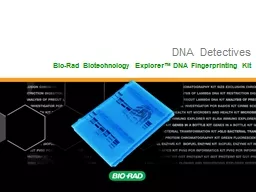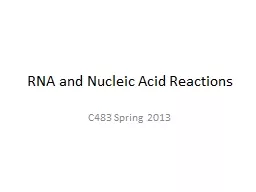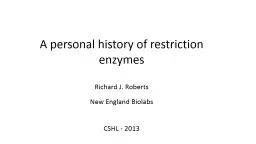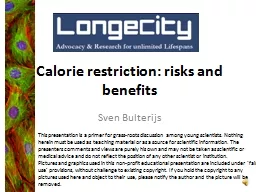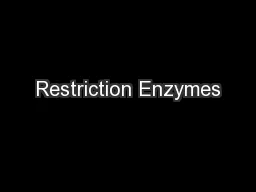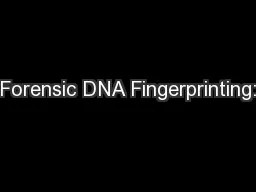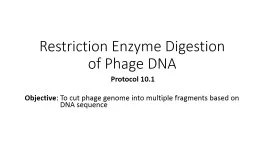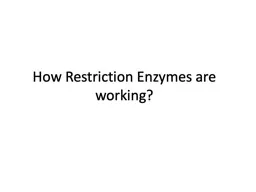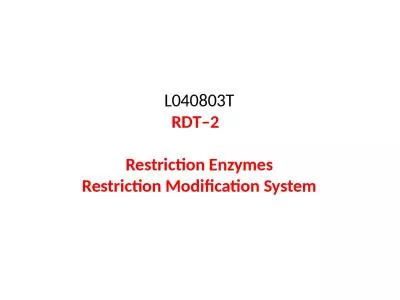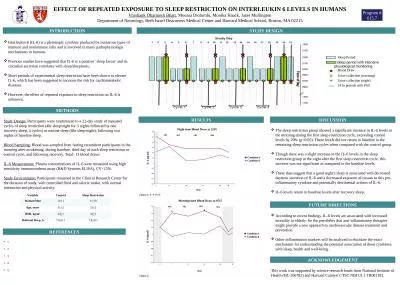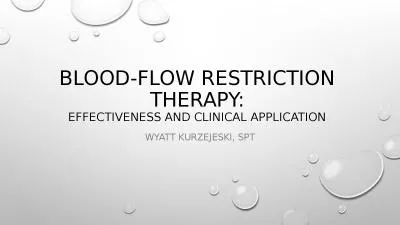PPT-The History of Restriction
Author : roxanne | Published Date : 2022-06-11
Enzymes Sequence specific recognition and engineering Alfred Pingoud CSHL Oct 1921 2013 robertsnebcom Sa 03082013 Outline of talks Alfred Pingoud 25
Presentation Embed Code
Download Presentation
Download Presentation The PPT/PDF document "The History of Restriction" is the property of its rightful owner. Permission is granted to download and print the materials on this website for personal, non-commercial use only, and to display it on your personal computer provided you do not modify the materials and that you retain all copyright notices contained in the materials. By downloading content from our website, you accept the terms of this agreement.
The History of Restriction: Transcript
Download Rules Of Document
"The History of Restriction"The content belongs to its owner. You may download and print it for personal use, without modification, and keep all copyright notices. By downloading, you agree to these terms.
Related Documents

